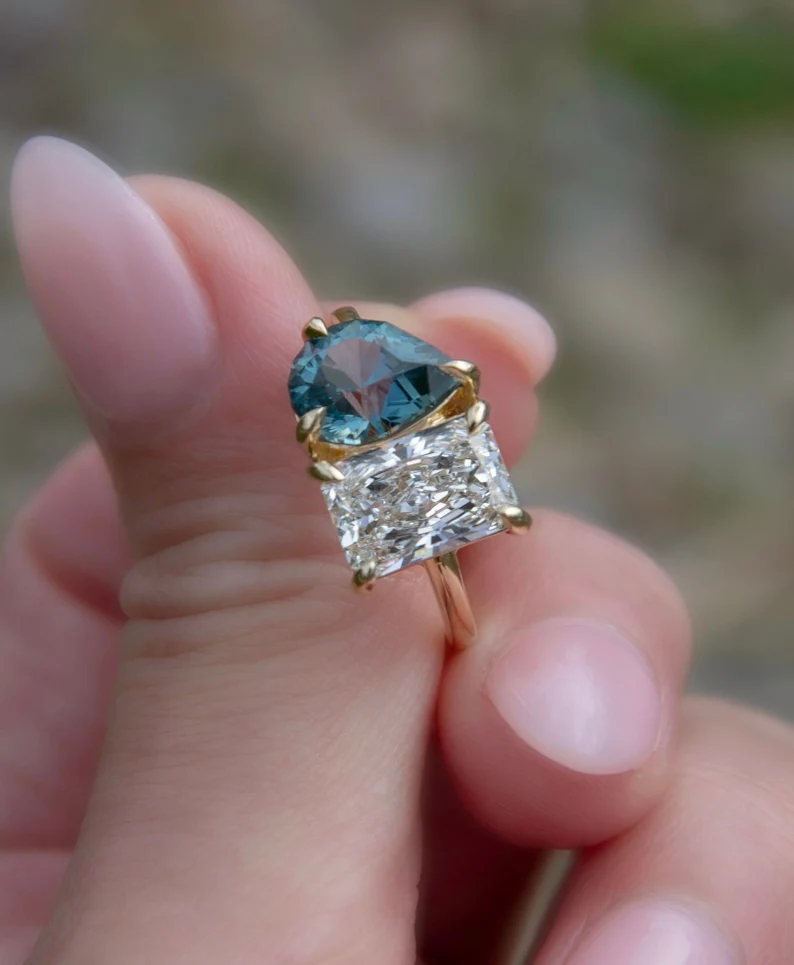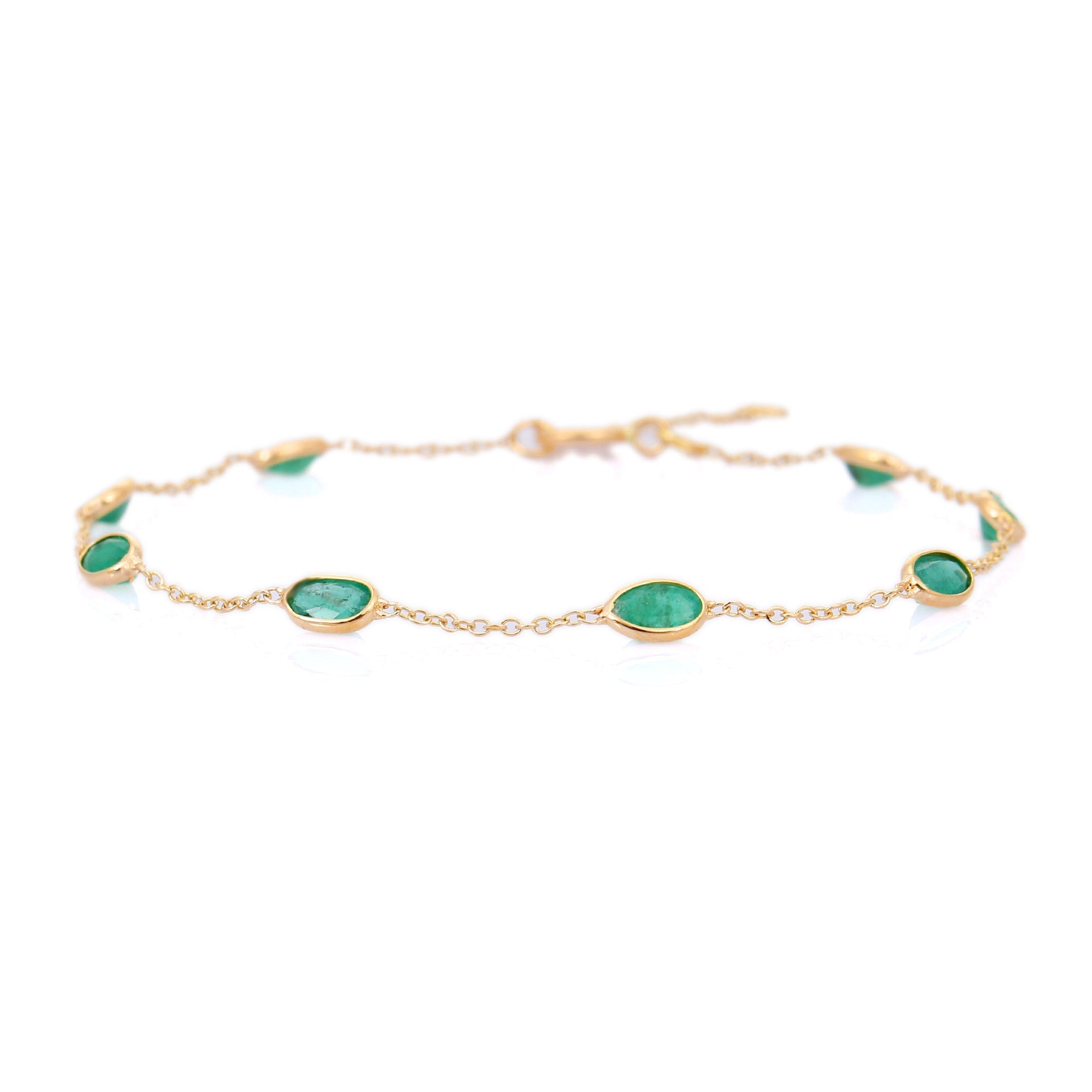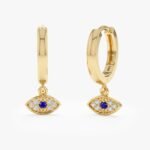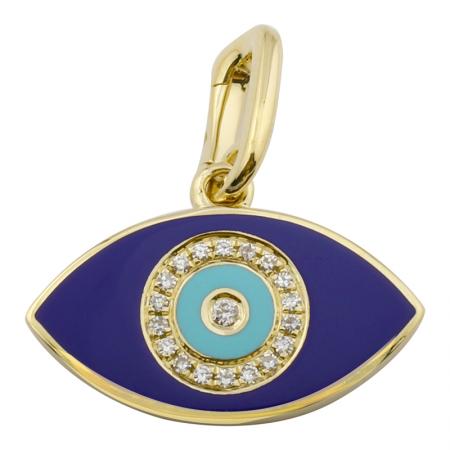Hand Engraving vs Laser: Can You Tell at a Glance?

People often ask whether they can tell hand engraving from laser engraving just by looking. The short answer: sometimes you can, and sometimes you can’t. The difference depends on metal, depth, finish, and lighting. I’ll show you the concrete signs to look for, the technical reasons behind them, and practical guidance on which method suits different jobs.
How the two methods cut metal
Hand engraving uses a steel tool (a graver or burin) pushed or struck through the metal. The tool slices out metal and leaves a V-shaped groove with sloping walls. A skilled engraver controls angle, pressure, and direction to undercut the cut, producing clean edges and a tactile ridge where the metal was displaced. Typical graver widths are 0.2–1.5 mm; a deep line for a signet or monogram is often 0.2–0.5 mm deep (0.2–0.5 mm = 200–500 microns).
Laser engraving uses focused light to remove or alter material. On metals, common fiber lasers either vaporize or melt a tiny zone. The result is usually a U-shaped
Visual and tactile clues you can spot
Here are the practical signs to check. Use a loupe (10x) or a smartphone macro lens when possible. If you have only your eye, use raking light (shine a light across the surface at a low angle).
- Edge profile: Hand engraving shows a sharp, V-shaped groove with thin, crisp edges and visible facets where the graver turned. Laser grooves look flatter or rounded and may have a melted, grainy bottom.
- Line variability: Hand lines vary slightly in width and depth along a curve because the human hand adjusts pressure and angle. Laser lines are mechanically consistent—identical width and spacing on repeats.
- Undercut and shadow: Under raking light, hand engraving often casts small shadows inside the groove because of the undercut. Laser marks usually reflect light more evenly and cast less internal shadow.
- Surface texture: Hand cutting leaves micro-chisel marks or striations along the groove walls. Laser etching may show a glassy or re-solidified texture and sometimes a fine “splash” of resolidified metal at the groove edge.
- Feel test: Run a fingernail gently across the groove. A true hand cut feels sharper and more defined. Laser marks can feel slightly rough or raised from re-solidified metal. Don’t press hard—sharp edges can cut skin.
- Color change: Some lasers create oxidation or color contrast (blackening on steel or white marks on gold). Hand engraving only changes color if it penetrates plating or if a patina or ink is added.
When you can’t tell at a glance
Laser technology has improved. High-resolution laser engraving can mimic hand shading and micro-engraving well. When a laser is used to cut deeper and then finished by hand (a hybrid approach), visual differences shrink. Also, if an engraved groove is filled (black enamel, oxi, or rhodium), the fill can mask edge detail. For casual viewing across a room, a clean laser job can pass for hand work.
Material matters
Metal hardness and alloy composition change the result. Examples:
- 14k gold (≈58.5% Au) is softer than 18k gold (≈75% Au). Hand cutting 14k is easier; you get cleaner undercuts. Laser marking on high-karat gold risks melting and rough edges because gold conducts heat well.
- Platinum is dense and tough. Hand engraving requires harder gravers and more force; deep hand cuts are prized. Laser marks on platinum often lack contrast unless the surface is oxidized or filled.
- Stainless steel and titanium are hard. Hand engraving is slow and more limited. Laser is usually preferred for serial numbers, logos, and industrial finishes.
- Rhodium-plated white gold can be damaged by lasers that burn off plating, leaving darker exposed gold. Hand engraving cuts through plating cleanly and exposes the base metal in a controlled way.
Practical differences: durability, repair, and cost
- Durability: Deep hand cuts last longer under wear because they are deeper—0.2–0.5 mm can survive years of contact. Shallower laser marks (5–50 microns) wear faster, especially on rings.
- Repair: Hand engraving can be recut, deepened, or refinished by another hand engraver. Laser marks can be re-ablated, but polishing or replating can remove shallow laser marks entirely.
- Cost and speed: Hand engraving is labor-intensive. A simple name inside a wedding band may take 15–30 minutes; a detailed pattern can take hours. Laser is fast and repeatable—ideal for batch work, serial numbers, or photo-like shading.
Which to choose for common jobs
- Heirloom signet, wedding bands with deep personalization, or pieces you want to hand down: Choose hand engraving. The undercut, depth, and repairability matter for longevity and patina.
- Hard materials, serial numbers, barcodes, or photo-like portraits: Choose laser. It’s precise, repeatable, and often the only practical option on titanium or hardened steel.
- Budget work or quick personalization: Laser is more economical and fast. If you want the “hand” look, ask for a deeper cut and a finish that picks out the lines (oxidation or black fill).
- Mixed approach: Use laser for speed and hand finishing for depth and character. Many modern workshops combine both.
Practical tips for buyers
- Ask for close-up photos at 10x magnification. That reveals edge profile and texture.
- Ask for depth in mm or microns if durability matters—request at least 0.1–0.2 mm for rings you’ll wear daily.
- If the piece is plated, ask whether engraving will go through plating and how the finish is controlled.
- For heirlooms, insist on hand engraving or a hybrid where a human finishes the piece.
- For hard metals or industrial needs, choose laser but request settings and a test mark to confirm contrast.
In short: with close inspection and the right light, you can often tell hand engraving from laser by edge shape, line variability, and texture. From a distance or under casual viewing, advanced laser work and careful finishing can sometimes pass for handwork. Choose the method that matches the metal, expected wear, and the emotional value of the piece.




